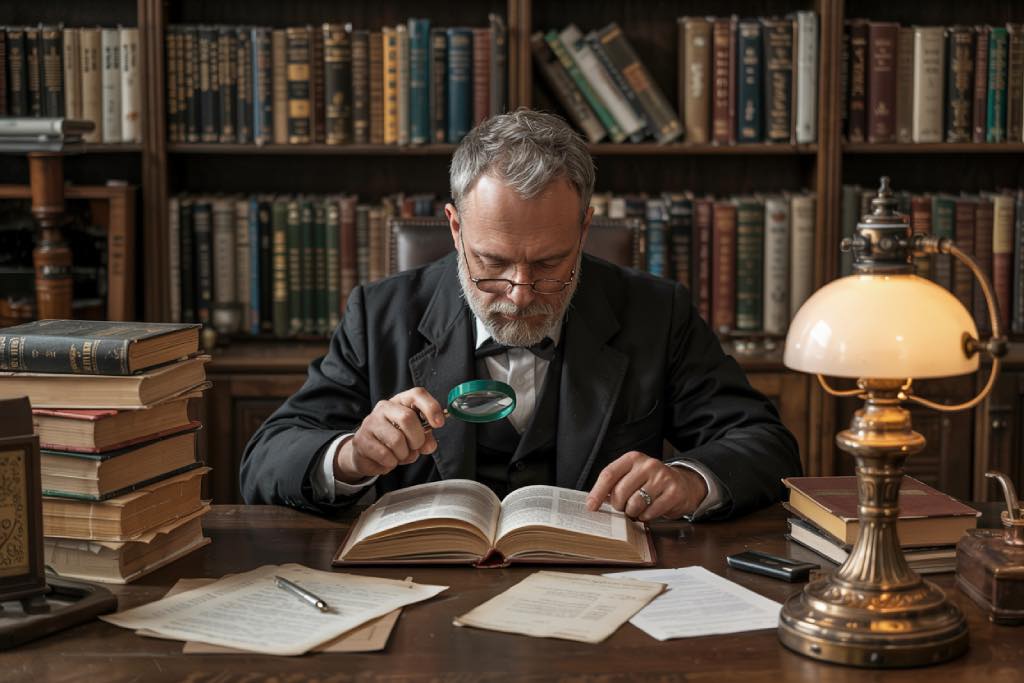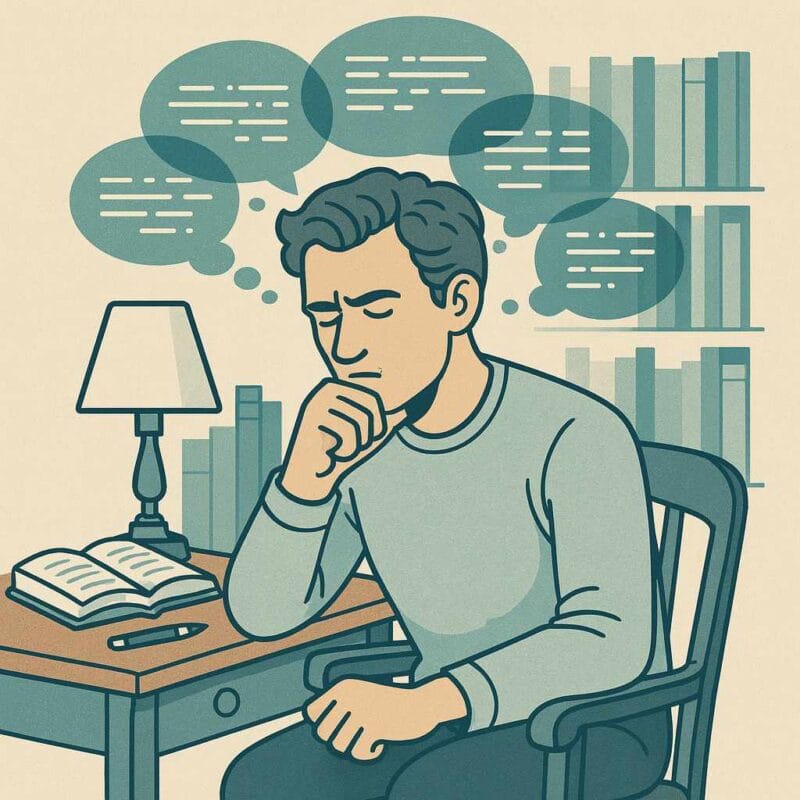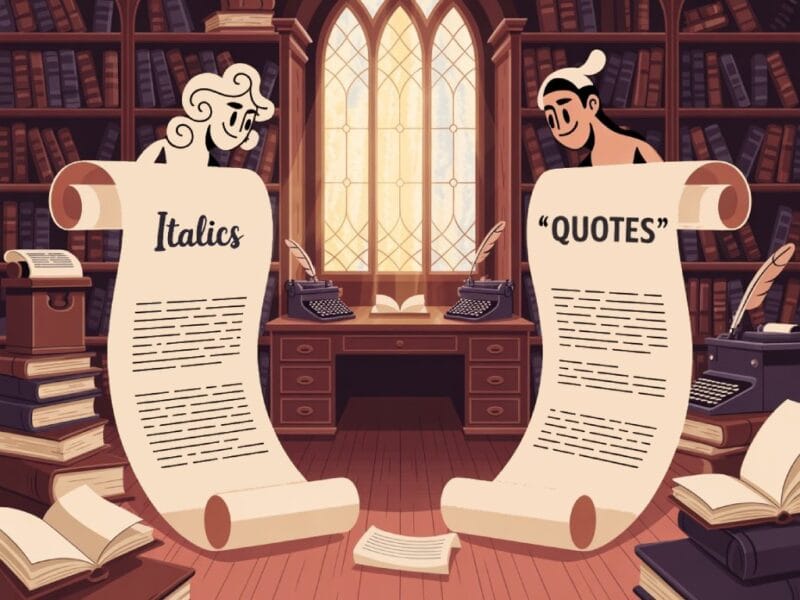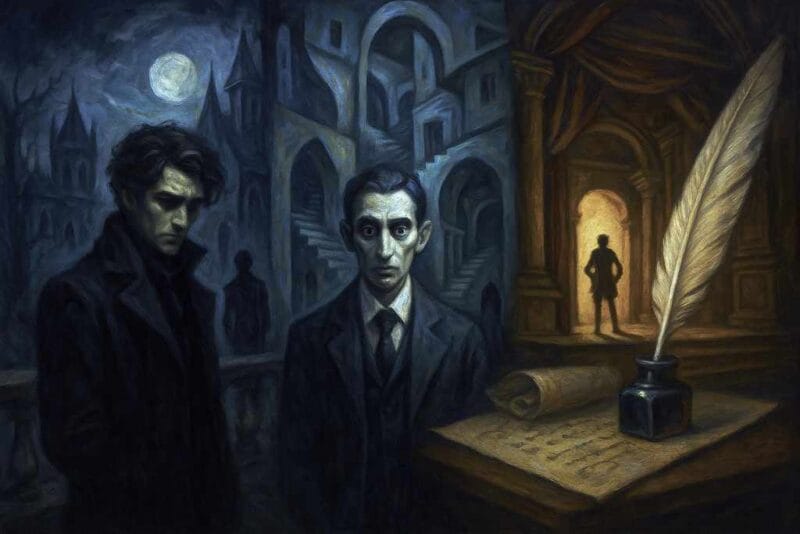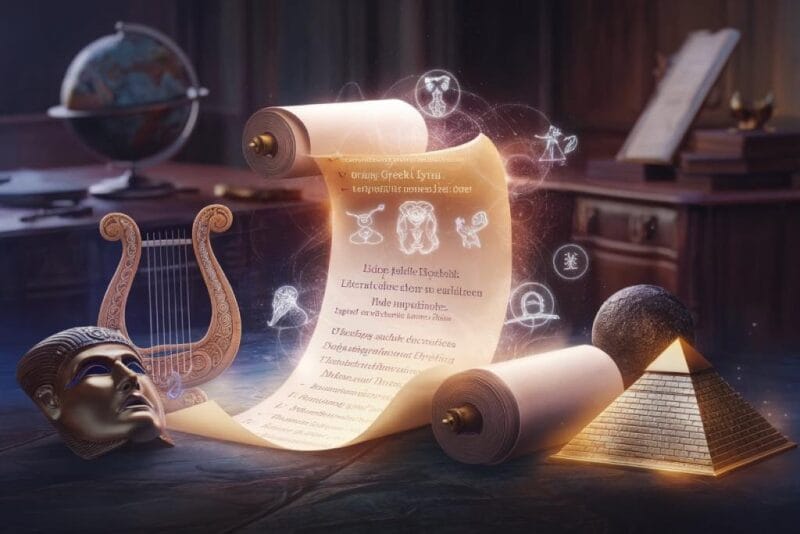Scholars and students have long turned to close reading when they wish to investigate a text beyond its surface. This practice demands careful attention to every word, punctuation mark, and sentence structure. It began during a period when the focus shifted toward studying texts independently, without relying on external influences. By examining a work with precision, the analyst reveals details that often remain unnoticed in broader studies.
Defining Close Reading
Close reading is a method of textual analysis that examines every element of a work with meticulous attention. It emphasizes the role of language, syntax, punctuation, and organization. Analysts work systematically, ensuring that every component of a text is considered. The aim is not to rely on general impressions but to build a detailed account based on direct evidence from the work itself.
Close reading rejects the notion of taking texts at face value. Instead, it insists on a careful examination that reveals how language constructs meaning. Scholars note that each word or phrase carries significance and that the manner in which ideas are arranged contributes to the overall effect. This method emerged from academic studies that stressed the importance of the text itself, rather than external factors. Its development marked a shift toward detailed examination and precise commentary.
Strategies for Close Reading
Successful close reading relies on several specific strategies. Scholars employ a range of techniques to ensure that every element of a text is scrutinized. The following subsections detail the primary methods used in this practice.
Detailed Language Examination
The first step in close reading involves a precise look at the language of the text. Attention is given to adjectives, adverbs, and verbs that establish tone and mood. This scrutiny also extends to unusual or recurring phrases, which may signal shifts in focus or emotion.
Each sentence is broken down to understand its function. Punctuation marks are noted for their role in pacing and emphasis. For example, a sudden dash or an unexpected pause can change the rhythm of a passage. By isolating these details, analysts create a map of the text that shows how language works to build meaning.
Structural Analysis
Another key strategy is to examine the text’s structure. The process involves identifying how ideas are organized and how the progression of thoughts affects the work. Analysts study the arrangement of sentences and paragraphs, paying special attention to transitions and breaks.
Structural analysis also covers the overall composition of the work. In longer texts, chapters or sections are examined to determine how each part contributes to the whole. An unexpected change in structure or a deliberate pattern in sentence length may indicate a decisive moment within the work. This systematic breakdown helps reveal the work’s underlying design.
Consideration of Sound and Imagery
In works such as poetry, sound and imagery play an essential role. Analysts pay close attention to devices such as meter, rhyme, and the use of repetition. They record how sound devices affect the pace of the text and create particular effects. For instance, a rhythmic pattern may build tension or provide relief in a moment of change.
Imagery also receives detailed consideration. The visual and auditory details produced by descriptive language are noted meticulously. Scholars describe how specific images evoke sensory impressions and contribute to the work’s overall impact. Such analysis of sound and imagery strengthens the examination and provides further evidence of the text’s construction.
Addressing Ambiguity and Multiple Interpretations
A text may contain moments that offer more than one possible reading. Analysts note these instances and record alternative interpretations. Ambiguity is seen not as a flaw but as a feature that enriches the analysis. By acknowledging multiple interpretations, scholars present a balanced view of the text. This process involves comparing passages and discussing how different readings interact with each other. The result is an analysis that is both detailed and nuanced.
Illustrative Examples
A thorough examination of well-known texts provides concrete demonstrations of close reading. Below, several examples are discussed to show how the method is applied in practice.
Poetry: William Wordsworth’s The Prelude
In The Prelude (1850), every line and phrase is carefully chosen to evoke a reflective mood. Scholars have noted that the poet’s selection of descriptive terms contributes to a sense of introspection.
A close reading might examine how repeated phrases accentuate moments of personal reflection. For instance, analysts record how shifts in meter or the deliberate placement of pauses contribute to the poem’s overall rhythm. This method reveals the intricacy of Wordsworth’s language and the intentional design of his work.
Prose: F. Scott Fitzgerald’s The Great Gatsby
F. Scott Fitzgerald’s The Great Gatsby (1925) provides fertile ground for close reading. Analysts have focused on the dialogue and the carefully constructed descriptions of settings.
A detailed study of the text might involve noting how Fitzgerald’s choice of adjectives creates vivid images of the era. Each sentence is examined for its structure, with punctuation and sentence length offering clues to the overall tone. Scholars have compared passages to show how subtle shifts in language indicate changes in the characters’ circumstances. This detailed examination produces a well-supported analysis of how the text operates.
Short Fiction: Ernest Hemingway’s “Hills Like White Elephants”
Ernest Hemingway’s “Hills Like White Elephants” (1927) serves as an example of how a short piece of work can yield extensive discussion. In short fiction, analysts often focus on the sparse dialogue and minimal descriptions. Every word is scrutinized for its function in the text. The careful placement of dialogue tags and the choice of verbs also create a specific atmosphere.
Scholars note that the text’s brevity forces each sentence to carry significant weight. A close reading reveals that the mechanics of omission can be just as important as the inclusions. This precise examination offers a comprehensive look at the work’s construction.
Drama: William Shakespeare’s Hamlet
Drama also benefits from close reading, as seen in William Shakespeare’s Hamlet (1603). Analysts focus on the soliloquies, where each line offers a window into the character’s inner life. Detailed examination of the language reveals how Shakespeare uses rhythm, punctuation, and word choice to convey shifting moods.
Scholars note that even minor stage directions contribute to the overall effect of the play. By comparing different soliloquies, analysts illustrate how a subtle change in language signals a transformation in thought. This detailed work highlights the method’s ability to uncover significant elements within dramatic texts.
###
Close reading stands as a method that insists on precise examination and systematic analysis. By focusing on language, structure, sound, and ambiguity, scholars produce detailed analyses that illuminate the workings of well-known works.
Each example shows that a careful examination produces evidence that supports a comprehensive discussion. The method reveals subtleties that might otherwise go unnoticed. As such, close reading remains a valuable tool in academic research and textual study. It challenges analysts to record every observation and present a coherent and detailed account of how a text functions.
This method reminds us that precision in analysis can transform our engagement with even the most familiar texts. Close reading not only enriches the study of texts but also provides a clear, systematic means to appreciate the art of writing. With this method, we understand how every word, every pause, and every sentence contributes to a fuller understanding of a work.
Further Reading
Response: Close Reading Is A ‘Life Skill’ by Larry Ferlazzo, Education Week
Close Reading vs Pleasure Reading by Riley Danvers, writingasajourney.com
A Short Guide to Close Reading for Literary Analysis by The Writing Center, University of Wisconsin-Madison
tips on close reading on Reddit
